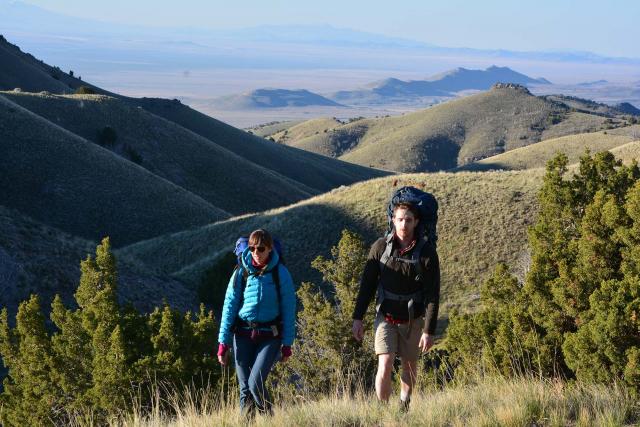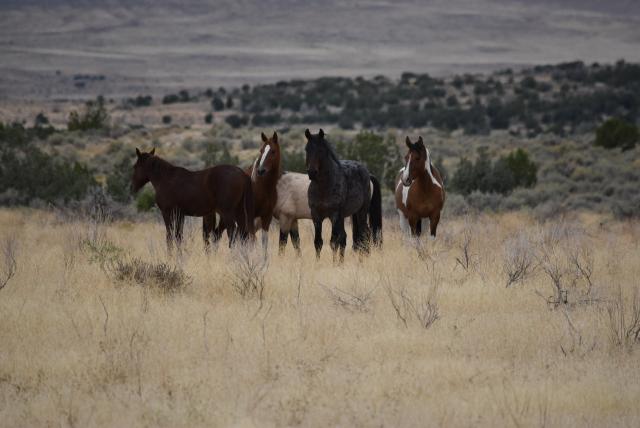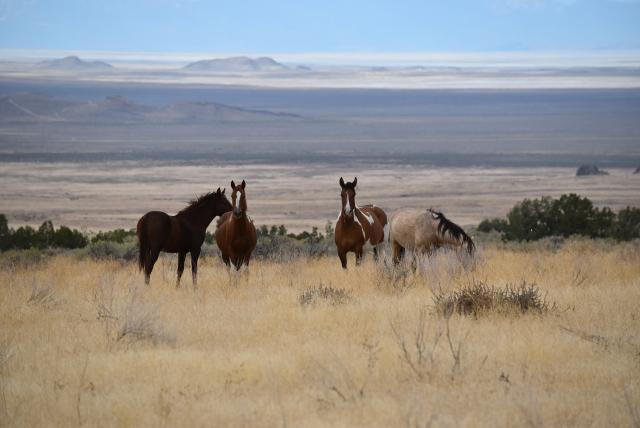Attachments
Related Stories
- Agua Fria National Monument: A desert oasis with a rich history and a vital present
- BLM Fire and National Conservation Lands managers collaborate to meet shared goals
- Building for birds: Scouts support public lands
- BLM dispersed camping rules enforced through local action and Tooele County partnership
- Partnership drives ongoing habitat restoration in Muddy Creek watershed



